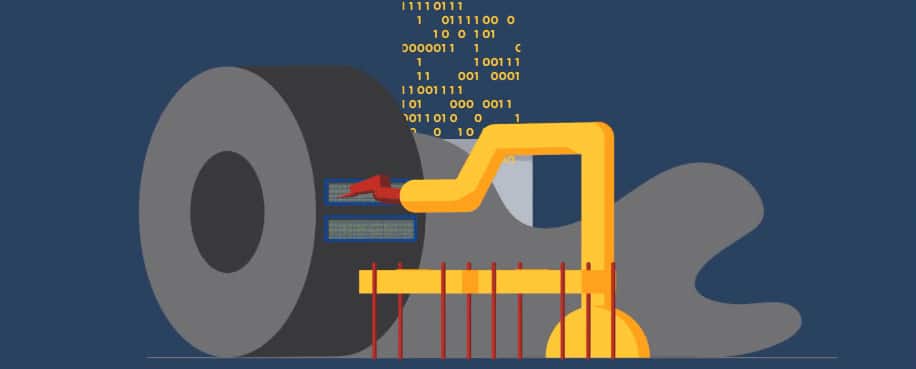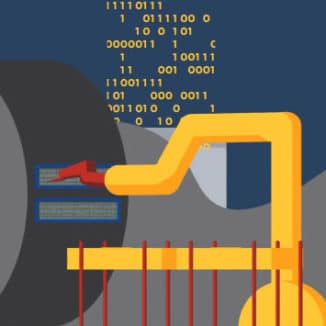
The Digital Thread represents the sum of all data digitally linked to form a single, contiguous definition of all value-added decisions made during a product’s manufacturing journey. This includes the definition of a product, its configuration, manufacturing and repair processes, logistics, and operational support. For a manufacturer, the Digital Thread provides a single reference point for design, engineering, and manufacturing, ensuring they act in concert.
The Digital Thread encompasses:
- Model data
- Product structure data
- Metadata
- Effectual data
- Process definition data – Including supporting equipment and tools
The Digital Thread Manages Complexity
The Digital Thread is incredibly valuable for complex manufacturers that are faced with the challenge of managing a complex and often far-flung supply network. An end product may have hundreds of individual components or assemblies, some of which the manufacturer may produce and others that are sourced from a range of suppliers (or suppliers’ suppliers). This chain can become incredibly complex to manage, as a single design change can affect the manufacturing of multiple components. By providing a “single version of the truth,” the Digital Thread helps manage this complexity. In the presentation, it details how the Digital Thread-connected enterprise is transforming manufacturing, and why it is critical that the thread extends to product lifecycle execution.
PLM, ERP, PLE and the Digital Thread
Product Lifecycle Management (PLM): To develop, describe, manage, and communicate information about their products from conception to end-of-life, manufacturers use PLM software. PLM architecture is object-oriented and structured around products, product relationships, and configuration management functions.
Enterprise Resource Planning (ERP): To manage resources for production, manufacturers use ERP systems. ERP architecture is transaction-based and organized around production resources. While the ERP system uses product data and process plans contained in the PLM system, the architectures of ERP and PLM are fundamentally different. Both systems must control their own data and not duplicate or impede with the functions of the other.
Product Lifecycle Execution (PLE): Product Lifecycle Management (PLM) and Enterprise Resource Planning (ERP) have long been considered the fundamental enterprise systems in a model-based enterprise, but a genuine Digital Thread cannot exist without a Product Lifecycle Execution (PLE) platform. PLM provides “the what” (modeling, BOM management, process planning, process simulation, and engineering change management). ERP provides “the when, where, and how much” (scheduling, financials, and inventory). To have a fully developed model-based enterprise—and a fully functioning Digital Thread—manufacturers also need “the how.” That’s what PLE provides through process execution, process control, quality assurance, traceability, and deviation handling.
Digital Thread in the Model-Based Enterprise: Today’s connected digital enterprise is all about leveraging 3-D models across all operations. In the model-based enterprise, there is much greater use of 3-D models and more structured handover of model-based definitions from one department to another in the Digital Thread. As this evolution continues, manufacturing is moving from illustrations to animations to augmented reality as a means of delivering information. As new technologies develop, these tools are increasingly practical to deploy and connect, using the Digital Thread.
Benefits of the Digital Thread
- Provides the right information, at the right place, and the right time
- Data is entered only once
- No manual re-entry is necessary: drag and use
- Digital handover is structured, revision controlled, and parsable
- Downstream processes avoid manual translation or transformation
- Downstream systems maintain digital associativity for change management of derived objects
iBase-t’s Solumina supports the digital thread now, and the application of PLE to manufacturing, MRO, and the supply chain, enabling an integrated value chain and genuine Smart Manufacturing.
Watch the detailed presentation on the Digital Thread by Conrad Leiva, Vice President of Product Strategy and Alliances, iBase-t.


